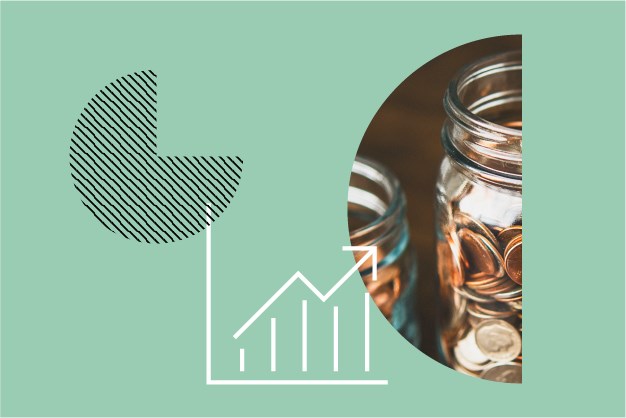
Sustainable investing experienced a milestone year in 2020. The coronavirus pandemic and its societal impact, the global movement for racial justice, and the ongoing threat of climate change all reinforced the relationship between investing and environmental, social, and governance-related issues. "Stakeholder capitalism” became an increasingly mainstream concept. And investors sent record capital flows to ESG funds, pushing U.S. assets past $250 billion and European assets past EUR 1.1 trillion according to Morningstar data.
Sustainable funds also enjoyed a generally strong year from a return perspective in 2020. That’s important because of the persistent perception that ESG-based investing requires a performance sacrifice. Another common assumption is that ESG screens have led to good performance recently because they skew toward the technology sector, which has led the market--and away from energy, the biggest laggard.
Morningstar’s examination of its various ESG-screened indexes paints a positive picture for ESG screens—in 2020 and for the past five years. While the indexes’ outperformance can be partly attributed to sectoral biases, it is far from the full story. Meanwhile, the indexes’ resilience during down markets bodes well for the long term.
Morningstar ESG Indexes’ Risk/Return Record
A total of 69 unique Morningstar indexes were examined, mostly equity-focused but also including a corporate bond benchmark. The Morningstar Sustainability Index Family, launched in 2016 and methodologically aligned with the Morningstar Sustainability Rating for funds, represents the largest grouping (21 indexes). Other index families studied include Sustainability Leaders, Low Carbon Risk (methodologically aligned with the Morningstar Low Carbon Risk designation), Renewable Energy, and indexes screened on diversity and inclusion criteria. The study includes back-tested performance that relies on historical ESG assessments. Almost all the indexes leverage the company-level research of Sustainalytics, Morningstar’s ESG arm. We found that:
-52 of Morningstar's 69 ESG-screened indexes (75%) outperformed their broad market equivalents in 2020;
-57 of 65 ESG indexes (88%) outperformed for the five years through the end of 2020; and
-59 of 65 ESG indexes (91%) lost less than their broad market equivalents during down markets over the past five years, including the bear market in the first quarter of 2020.
It’s no secret that technology and technology-related stocks have paced the market in recent years. Technology companies tend to carry less ESG Risk than does the traditional energy sector, which has lagged badly. Can the outperformance of Morningstar’s ESG indexes be explained by sector biases?
Partly, but not entirely. The Morningstar U.S. Low Carbon Risk Index is an example of an index whose avoidance of the energy sector explains most of its outperformance over the past five years. By contrast, the Morningstar Global ex-U.S. Sustainability Index’s market-beating returns owe far more to security selection than sector weightings—stocks like Allianz ALIZY, Novo Nordisk NVO, Taiwan Semiconductor TSM, and Keyence KYCCF. Then there’s the Morningstar U.S. Sustainability Index, which lagged the market in both 2020 and for the following five-year period despite above-market exposure to technology and less to energy.
Generally speaking, ESG screens have led to better performance outside the U.S., which Morningstar has also observed with intentionally sustainable mutual funds. Some of the U.S. market’s top recent performers, such as Tesla TSLA, Amazon.com AMZN, Facebook FB, and Alphabet GOOGL, are not included in the Morningstar U.S. Sustainability Index because of their ESG Risk levels as assessed by Sustainalytics. Top performers in Asia and Europe—stocks like Alibaba BABA and ASML—are less risky from an ESG perspective.
While relative returns shift depending on market conditions, the ESG indexes’ ability to protect on the downside is likely more enduring. Morningstar has observed a relationship between ESG Risk and economic moat, or sustainable competitive advantage, which contributes to resilience. Companies with economic moats tend to carry less ESG Risk and lower volatility. Morningstar’s ESG indexes’ lower downside capture ratios owe to their better-than-market returns during times like the first quarter of 2020 or the fourth quarter of 2018.
Overall, Morningstar’s ESG indexes’ risk/return profile should encourage investors concerned about a return sacrifice associated with sustainability screens. Results also support the notion that ESG issues represent material financial risks.










:quality(80)/cloudfront-us-east-1.images.arcpublishing.com/morningstar/EOGIPTUNFNBS3HYL7IIABFUB5Q.png)


.png)








